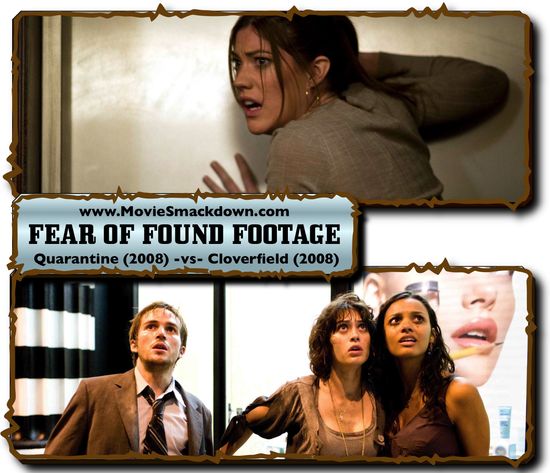
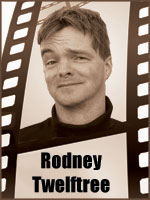 The Smackdown
The Smackdown
Sometimes, it’s the reality of a scenario that scares us the most. Film-makers are turning to more and more alternate methods of delivering a film to jaded, YouTube-obsessed audiences. With the two films on offer in this Smackdown, we delve into the world of “found footage” cinema and its gradual proliferation among the mainstream today. One, “Cloverfield,” takes us into New York city during a terrifying alien attack. The other, “Quarantine,” (a remake of a successful Spanish film entitled “REC” from 2007) delivers the story of a group of apartment residents, some fire-fighters, police, and a news crew, who become trapped inside a block of units when they are sealed in to stop the spread of a mysterious virus. Both are filmed in the Single Camera Perspective. Both are equally gripping. Both are filled with images and moments that will stay with the viewer forever. But which is better: alien attack and mass destruction, or simple, human drama played out with feverish speed and incalculable terror?
[singlepic id=298 w=320 h=240 float=right]
The Challenger
“Quarantine” is a deftly directed, edited and written exercise in terror. It’s low-budget and (relatively) simple in concept. A news crew, led by a female reporter (Jennifer Carpenter, of TV’s “Dexter”) accompanies a Los Angeles Fire Crew on a call one evening, unaware that they will soon be recording something so secret it’s never been heard of before. Upon arriving at a nondescript apartment block, things take a strange turn when an old lady attacks them, in a frenzy of anger and deranged power. Soon, a few other tenants display the same madness, the same symptoms. As the news crew go to get help, the people inside the apartment block soon find themselves sealed in, cut off from the outside world. If they try and leave, they are shot at or beaten, ensuring no possible way out. All forms of communication are cut, which only serves to heighten the terror. And, gradually, more and more of them begin to present the deranged, psychotic symptoms that lead to ultra-violent behaviour.
[singlepic id=285 w=320 h=240 float=right]
The Defending Champion
“Cloverfield” earns the defending champion title because it garnered more commercial success and critical praise. The JJ Abrams produced sci-fi flick relied on the premise of a recovered digital tape shot by an amateur cameraman as an enormous, unstoppable alien attacks New York. Shades and echoes of 9/11 abound in the images here; buildings collapse as dust-covered New York residents flee for their lives. Director Matt Reeves captures both the heart-pounding terror and the terrifying helplessness of the city’s denizens as they confront something incalculably more powerful than anything they’ve seen before. Rob (Michael Stahl-David) is celebrating his impending leaving for Japan when their party is interrupted by the destruction of lower Manhattan and the Statue Of Liberty. With people still feeling the raw horror of a post 9/11 New York, Rob and his friends, including de facto cameraman Hud (TJ Miller) set off across the city to rescue Rob’s ex-girlfriend Beth, who has become trapped in a partially collapsed building. An alien, many stories high, has made New York its home, and while the army battles desperately in increasingly violent displays of power, nothing seems to be able to stop its destructive rampage.
The Scorecard
Both films successfully utilize the same methodology to tell their story, the first-person “found footage” camera technique used so provocatively (and successfully) in “The Blair Witch Project,” and most recently in the scare-fest “Paranormal Activity.” Â “Cloverfield” burst onto the scene in a brilliantly conceived promotional blitz; the mysterious film nobody knew about became staple internet forum fodder for months: everybody wanted to know what a cloverfield was. “Quarantine,” released in the same year, suffered from a more low key approach and perhaps an unfortunate title; apparently almost nobody wanted to know why people were in quarantine. That said, those who skipped “Quarantine” did themselves a disservice. “The Blair Witch Project” may have put some people off this kind of film; its rapid camera moves and annoyingly silly conceit of never cutting, never getting alternate angles, defy convention and challenge traditional expectations. That said, I subscribe to the theory that often in film, less is more. Some of the most scary, horrifying moments of video are those showing only one angle, a blurry, hazy image hastened by missing frames or frenetic, jarring shakes. It’s what we can’t see that truly terrifies us, and both “Cloverfield” and “Quarantine” deliver this primal thrill to absolute perfection. Still, shaky-cam isn’t everyone’s cup of tea, so consider yourself forewarned.
“Quarantine” is the lower budget film, but that fact doesn’t render it less effective or less powerful. In “Quarantine,” the actors’ performances deserve most of the credit for the films success; the editing and direction would mean little without the conviction and credibility of the very strong cast. The set design, lack of score and immersive, stunning surround soundtrack design are superb, heightening your terror by making you jump at every (any) opportunity. I mentioned Jennifer Carpenter earlier; she is absolutely terrific here, a soul-baring performance that lands her at the very top of the Scream Queen heap. The film delivers its chills most effectively in the night vision sequences towards the very end.
“Cloverfield” uses its much larger budget to widen its scope; the destruction of New York City provides evocative apocalyptic imagery with deliberate echoes of 9/11. Those images tap into our psyche, reminding us of the helpless pain and anguish of that fateful day. Some may disagree with the filmmakers’ co-opting those historic images to raise the stakes, but the references are effective. Buildings crumble, and our heroic cameraman becomes the new millennium’s version of Blair Witch’s Running Nose Girl (the most annoying narrator ever), dust and alien sounds come from everywhere. This carefully constructed thrill ride makes one hell of a fine film. The effects are stunningly realized; the nighttime setting masks any shoddy effects work and adds to the horrifying atmosphere of dread. With a blistering soundtrack that rattles and rocks even the most hard-core home cinema, “Cloverfield” is one of the truly great (and grossly underrated) horror/sci-fi event films to come out of Hollywood recently.
The Decision
I’m not going to award the winner here today based on anything so blatant and frivolous as things like budget or effects. Both films exist in their own sub-genre of horror and sci-fi; they share only their “found footage” style. The winner today is the film which delivers the most effective psychological blows, the most terrifying moments, the most emotive, human story. While “Cloverfield” delivered massive spectacle, “Quarantine” delivered one of the most effective, shocking, nerve jangling films I’ve seen in ages. It stays with you. It haunts you. While not big on effects, it’s certainly big on effective storytelling. “Quarantine” is shocking, astounding, and definitely must-see.

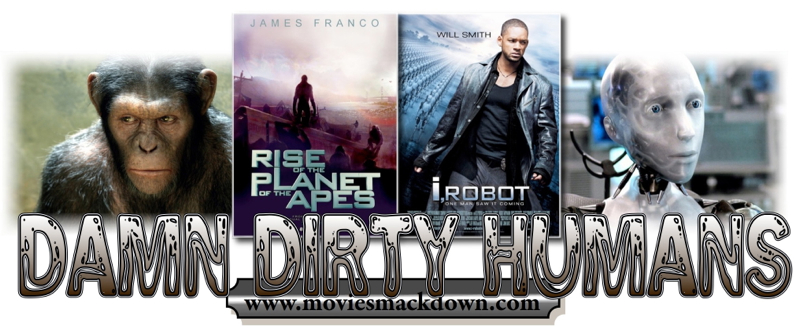
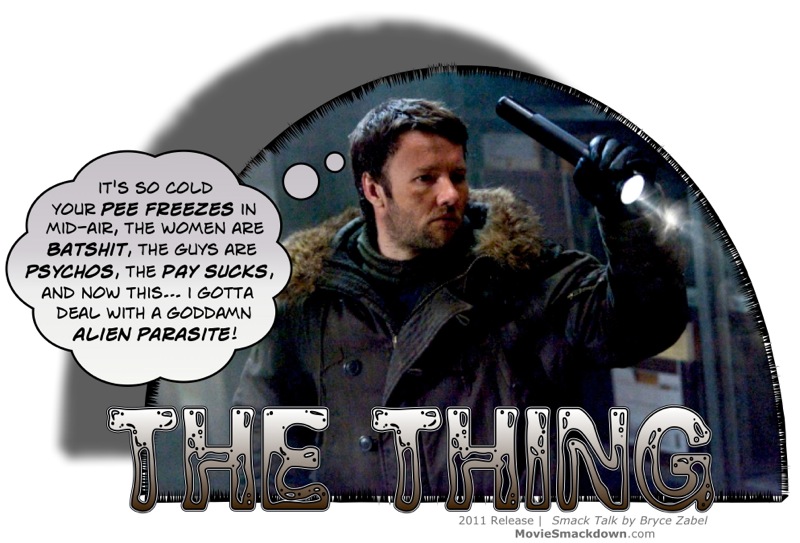
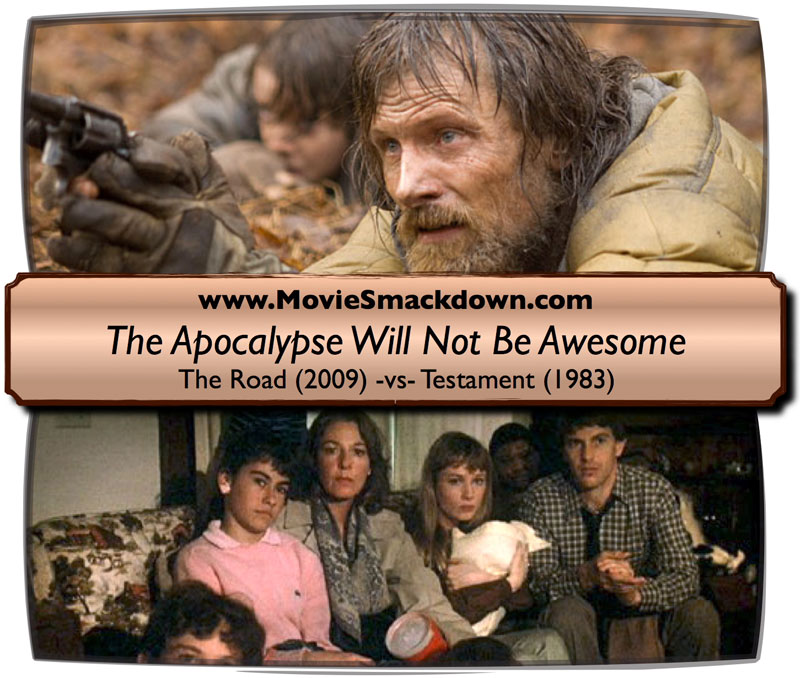
Leave a Reply